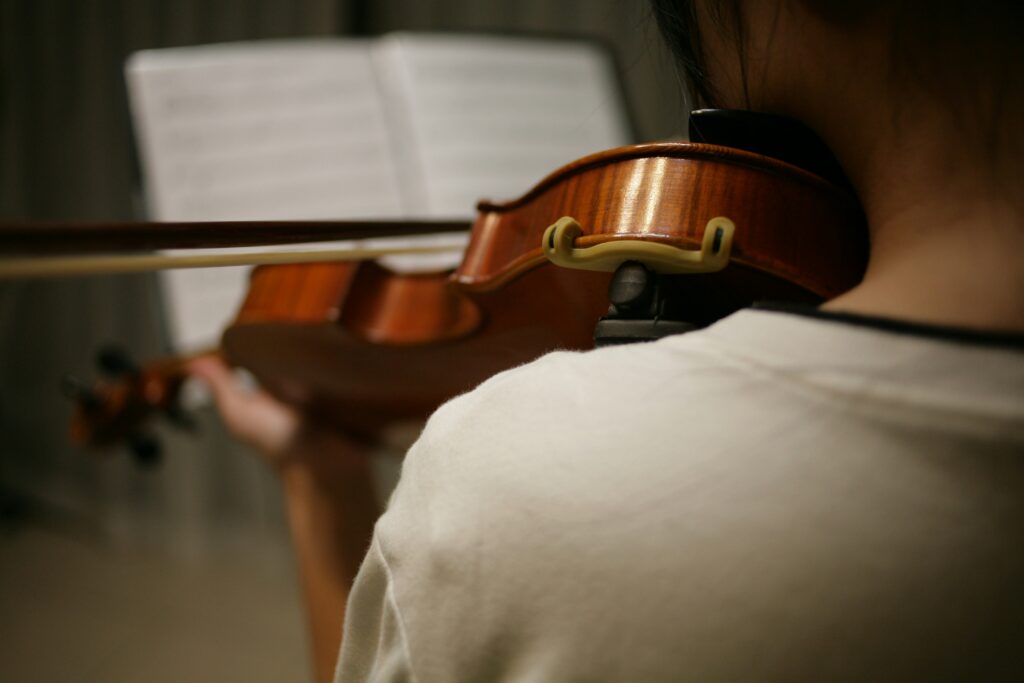Tattoos have always been a form of personal expression, and when combined with a passion for music, they become a powerful visual statement of love for sound and art. Whether you’re a musician, a music lover, or simply want a tattoo with deep meaning, this ultimate guide will inspire you with ideas and essential tips!
Why Choose a Music-Inspired Tattoo? 🎵
Many musicians and fans get music tattoos to symbolize their connection to the world of sound. Here are some reasons to get one:
- Represent the instrument you play;
- Honor a song, artist, or band you love;
- Express emotions and significant life moments;
- Create an everlasting bond with music.
Most Popular Music Tattoos 🎤
If you’re thinking about getting a music-inspired tattoo, check out these popular choices:
1. Musical Notes and Sheet Music
Musical notes are a classic choice for those who want a minimalist yet meaningful tattoo. Sheet music can also represent a specific song that holds special significance in your life.
2. Musical Instruments
Violins, guitars, pianos, and other instruments are popular tattoo designs among musicians. A realistic or stylized design can reflect your passion for the instrument you play.
3. Sound Waves and Frequencies
A sound wave tattoo can represent a song, a word spoken by a loved one, or a meaningful sound. Some people use voice recordings to create a unique and personalized design.
4. Quotes and Lyrics
Song lyrics that have touched your heart make great tattoo choices. Select a stylish font and the perfect placement to highlight the phrase.
5. Iconic Band Logos
If you have a favorite band, why not make it permanent? Iconic band logos are a popular choice among die-hard fans.
Best Places to Get a Music Tattoo 🖋️
The placement of your tattoo can affect the design and pain level during the process. Here are some great options:
- Wrist: Perfect for small music notes;
- Forearm: Ideal for quotes and sheet music;
- Back: Great for large, detailed designs;
- Behind the ear: Discreet yet stylish placement;
- Finger: Small symbols or initials.
Tattoo Aftercare Tips ✨
Before getting your music tattoo, follow these important tips:
- Choose an experienced tattoo artist specialized in detailed designs;
- Make sure the studio follows strict hygiene protocols;
- Keep your skin hydrated before your session;
- Avoid sun exposure and follow all healing recommendations.
Music and tattoos are timeless art forms that tell stories. Choosing a music-inspired tattoo is a powerful way to express your passion and identity.
Do you have or want a music tattoo? Share your ideas and inspire others!
🔗 Related Article: Musical Tattoo Exemples
🔗 Related Article: Blog Violino
